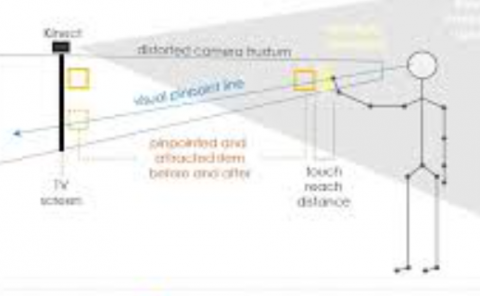Co-designing a Sub-millisecond Latency Event-based Eye Tracking System with Submanifold Sparse CNN
PubDate: Apr 2024
Teams: The University of Hong Kong
Writers: Baoheng Zhang, Yizhao Gao, Jingyuan Li, Hayden Kwok-Hay So
PDF: Co-designing a Sub-millisecond Latency Event-based Eye Tracking System with Submanifold Sparse CNN
Abstract
Eye-tracking technology is integral to numerous consumer electronics applications, particularly in the realm of virtual and augmented reality (VR/AR). These applications demand solutions that excel in three crucial aspects: low-latency, low-power consumption, and precision. Yet, achieving optimal performance across all these fronts presents a formidable challenge, necessitating a balance between sophisticated algorithms and efficient backend hardware implementations. In this study, we tackle this challenge through a synergistic software/hardware co-design of the system with an event camera. Leveraging the inherent sparsity of event-based input data, we integrate a novel sparse FPGA dataflow accelerator customized for submanifold sparse convolution neural networks (SCNN). The SCNN implemented on the accelerator can efficiently extract the embedding feature vector from each representation of event slices by only processing the non-zero activations. Subsequently, these vectors undergo further processing by a gated recurrent unit (GRU) and a fully connected layer on the host CPU to generate the eye centers. Deployment and evaluation of our system reveal outstanding performance metrics. On the Event-based Eye-Tracking-AIS2024 dataset, our system achieves 81% p5 accuracy, 99.5% p10 accuracy, and 3.71 Mean Euclidean Distance with 0.7 ms latency while only consuming 2.29 mJ per inference. Notably, our solution opens up opportunities for future eye-tracking systems. Code is available at this https URL.


